Discover the enchanting capital of Vietnam, where ancient temples meet bustling streets and French colonial architecture blends with traditional Vietnamese culture. Experience over 1,000 years of history, vibrant street food scenes, and the timeless charm of the Old Quarter.

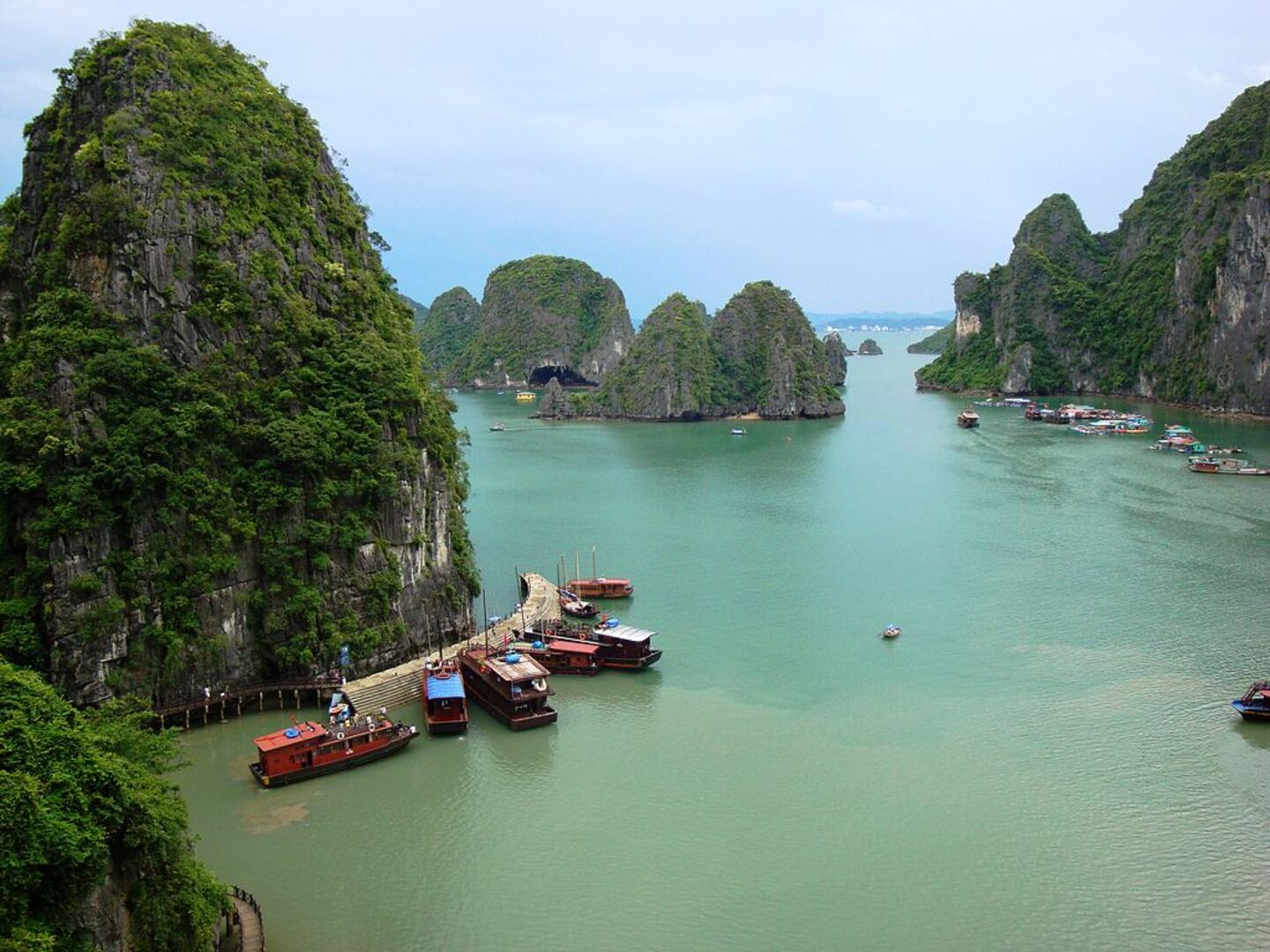
Explore the UNESCO World Heritage wonder of Ha Long Bay with emerald waters and towering limestone karsts. Enjoy a luxury cruise featuring kayaking, cave exploration, fresh seafood lunch, and stunning panoramic views from this natural marvel.
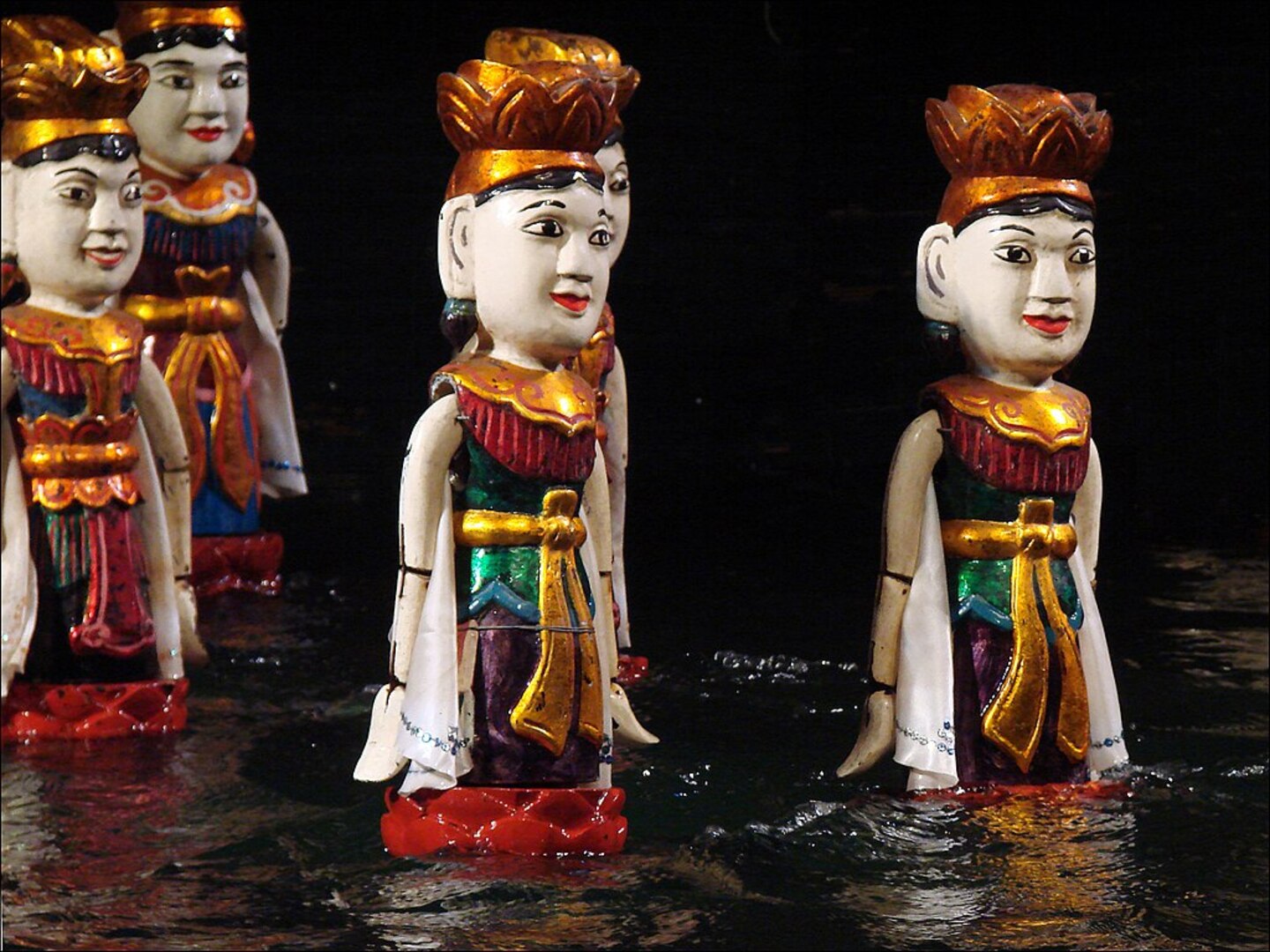
Experience Vietnam's most beloved traditional art form with an authentic water puppet performance. Discover ancient storytelling through music, artistry, and skillful puppeteers in this UNESCO-recognized cultural treasure unique to Northern Vietnam.

Explore the vibrant heart of Hanoi with an expert local guide through the historic 36 Streets. Taste authentic street food, visit hidden temples, discover traditional crafts, and experience the bustling life of Vietnam's most charming neighborhood.
Hanoi stands as Vietnam's cultural and political heart, where over 1,000 years of history blend seamlessly with modern vitality. Founded in 1010 AD as Thang Long ("Rising Dragon"), this ancient capital showcases the remarkable journey of a nation through French colonial influence, war, and peaceful reunification.
The city's Old Quarter, known as the "36 Streets," preserves medieval charm with narrow alleyways dating back to the 14th century. Each street traditionally specialized in specific crafts and trades, creating a living museum of Vietnamese heritage. French colonial architecture mingles with ancient temples, creating Hanoi's distinctive urban landscape.
Today, Hanoi captivates visitors with its dynamic street food culture, serene lakes, bustling markets, and warm hospitality. From morning tai chi sessions around Hoan Kiem Lake to evening water puppet performances, the city offers authentic experiences that reveal the true essence of Vietnamese culture and history.
Discover History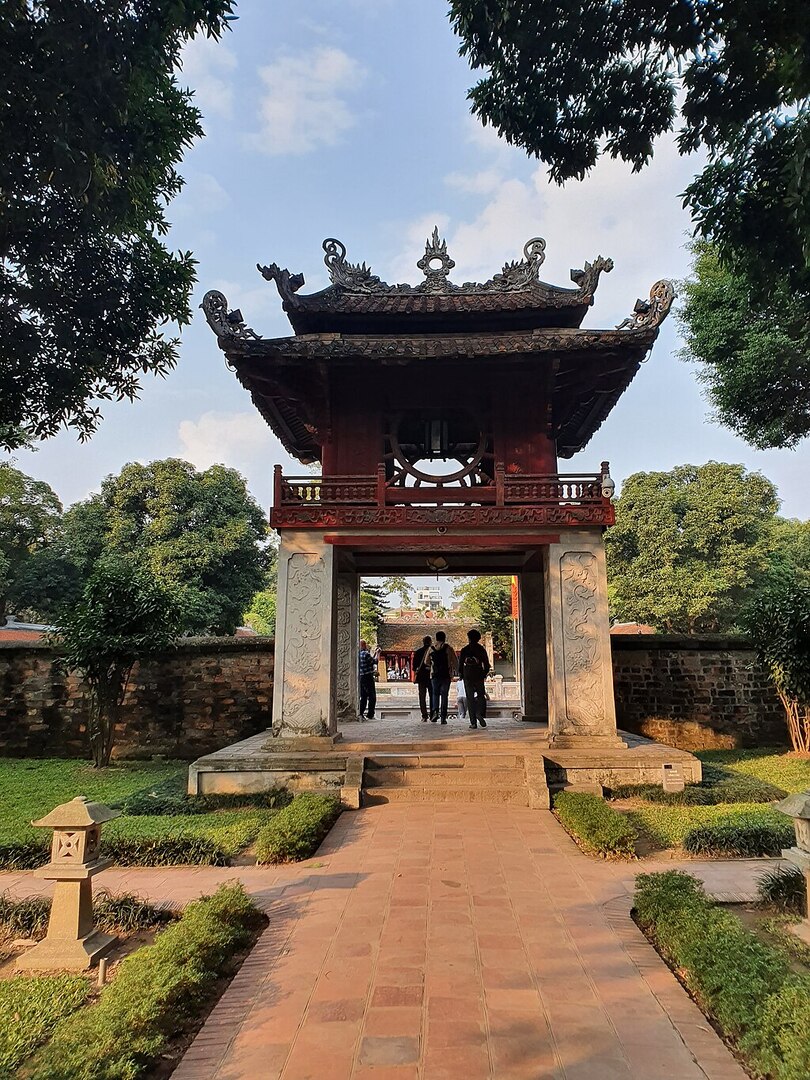
Experience over 1,000 years of Vietnamese history in a living city where ancient temples, French colonial architecture, and modern life coexist. Discover the birthplace of Vietnamese independence and the cultural heart of the nation.
Taste authentic Vietnamese cuisine at its source with legendary street food, traditional pho, fresh spring rolls, and egg coffee. Experience bustling food markets and family-run restaurants that have perfected recipes for generations.
Enjoy serene lakes within the city, peaceful pagodas, and easy access to stunning destinations like Ha Long Bay and Ninh Binh. Experience the perfect blend of urban culture and natural wonders unique to Northern Vietnam.
Connect with warm, welcoming locals who maintain traditional customs while embracing modernity. From morning tai chi sessions to evening water puppet shows, experience genuine Vietnamese hospitality and daily life.
1010 AD - Thang Long Foundation: Emperor Ly Thai To establishes Thang Long ("Rising Dragon") as the new capital, marking the beginning of Hanoi's millennium-long journey as Vietnam's political and cultural center.
14th-15th Century - Old Quarter Development: The famous "36 Streets" take shape as craft guilds establish specialized trading areas. Each street develops its own identity, creating the foundation of today's vibrant Old Quarter neighborhood.
1883-1945 - French Colonial Period: Hanoi becomes the capital of French Indochina, leaving a lasting architectural legacy. Wide boulevards, the Opera House, and colonial villas blend with traditional Vietnamese structures, creating the city's distinctive character.
1945-1975 - Independence & Reunification: Ho Chi Minh declares Vietnamese independence from Hanoi in 1945. The city endures the challenges of war while preserving its cultural heritage and serving as the revolutionary capital.
Present Day - Cultural Renaissance: Modern Hanoi thrives as Vietnam's capital while carefully preserving its historical identity. Ancient temples, colonial buildings, and contemporary developments coexist, making it a living museum of Vietnamese civilization.
Explore Hanoi highlights
Visit the legendary heart of Hanoi, where the sacred sword was returned to the Golden Turtle God. This serene lake surrounded by ancient trees offers peaceful morning walks, traditional architecture, and the iconic red Huc Bridge leading to Jade Temple.
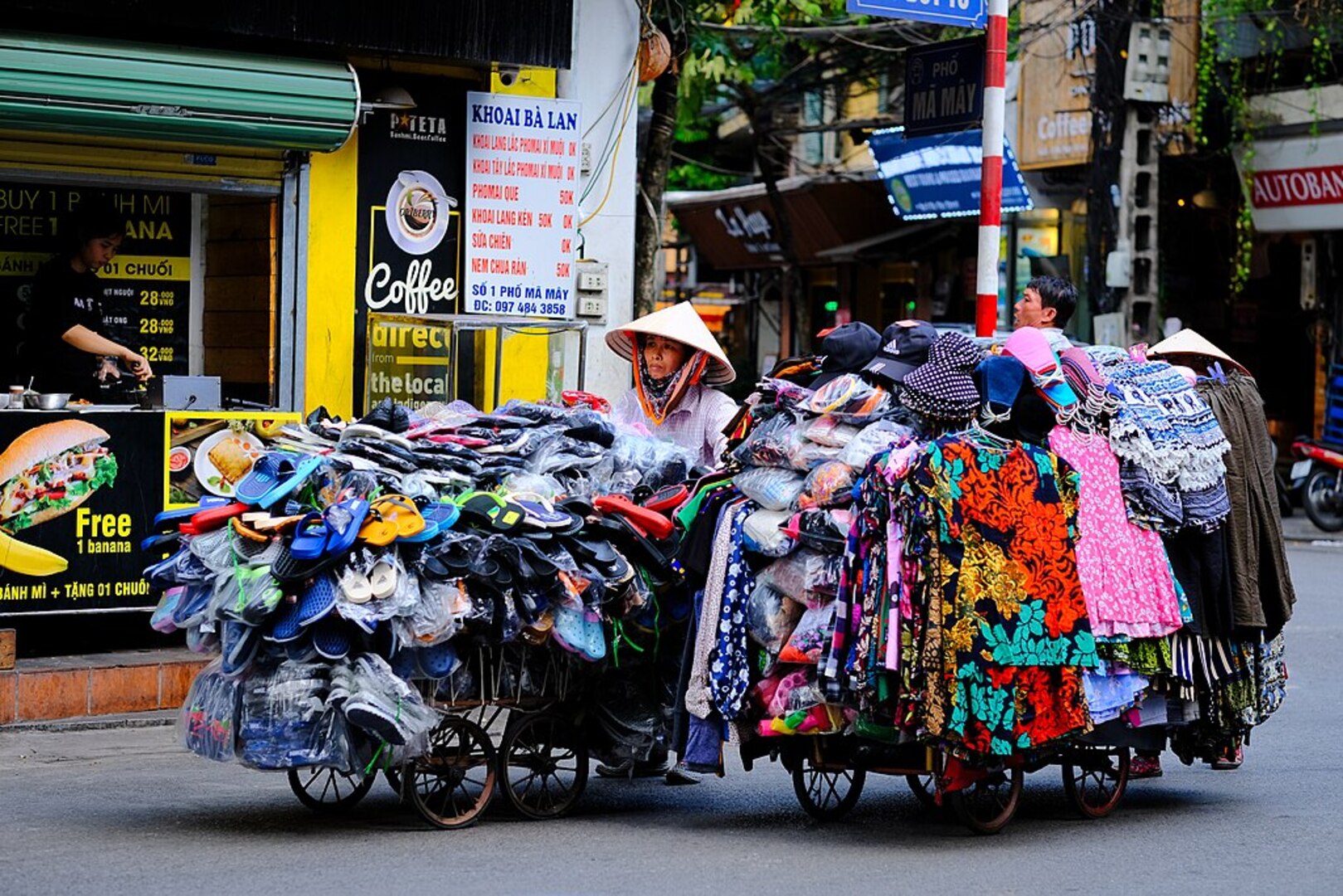
Explore the "36 Streets" where each lane traditionally specialized in specific crafts and trades. Wander through narrow alleys filled with street food vendors, traditional shops, ancient temples, and colonial architecture dating back to the 14th century.
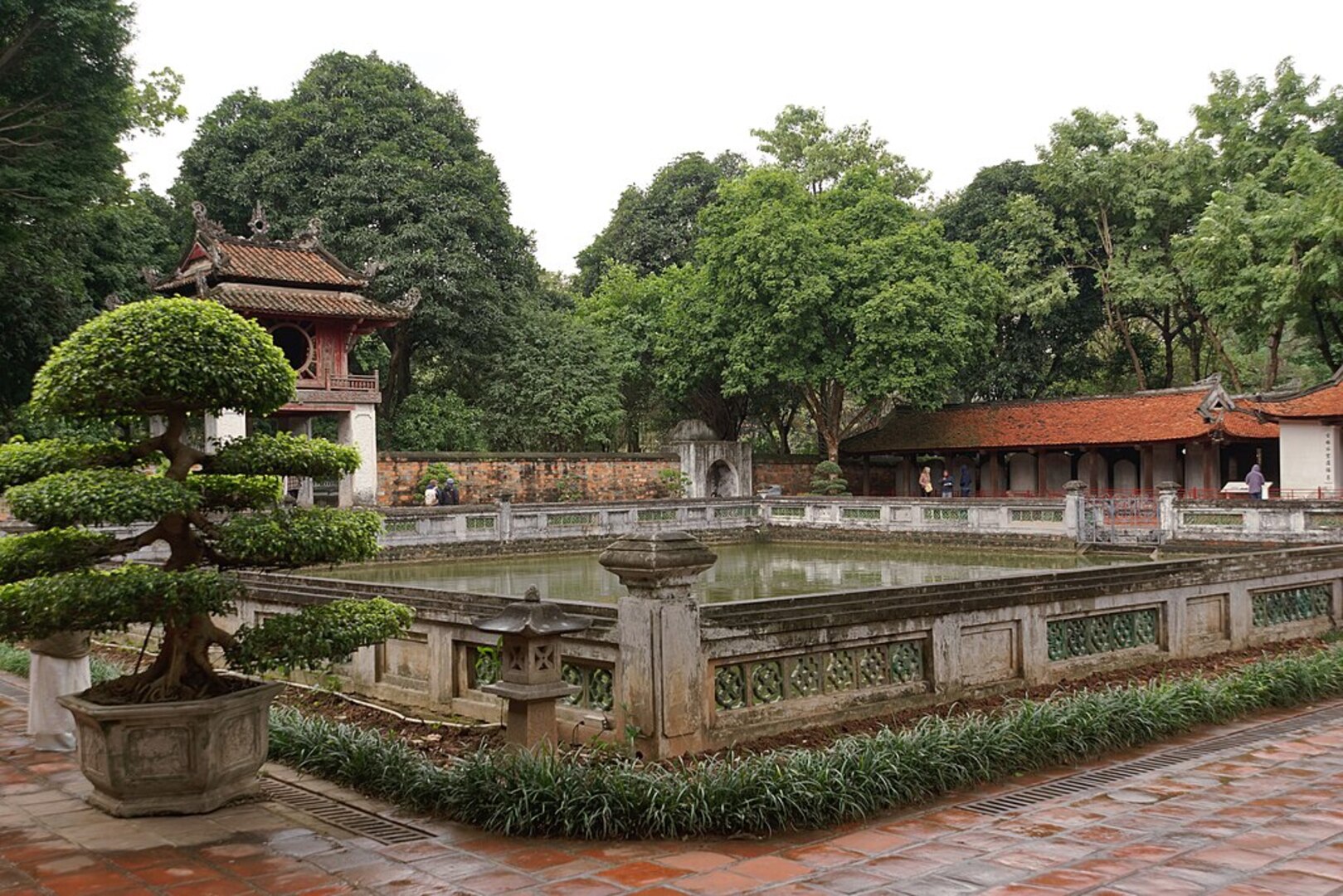
Discover Vietnam's first national university, built in 1070 and dedicated to Confucius. Walk through peaceful courtyards, examine ancient steles honoring doctoral graduates, and experience the scholarly traditions that shaped Vietnamese education for nearly 1,000 years.

Stroll through wide tree-lined boulevards showcasing elegant French colonial architecture. Visit the iconic Opera House, historic hotels, and grand government buildings that reflect Hanoi's unique blend of Eastern traditions and Western influences from the colonial period.
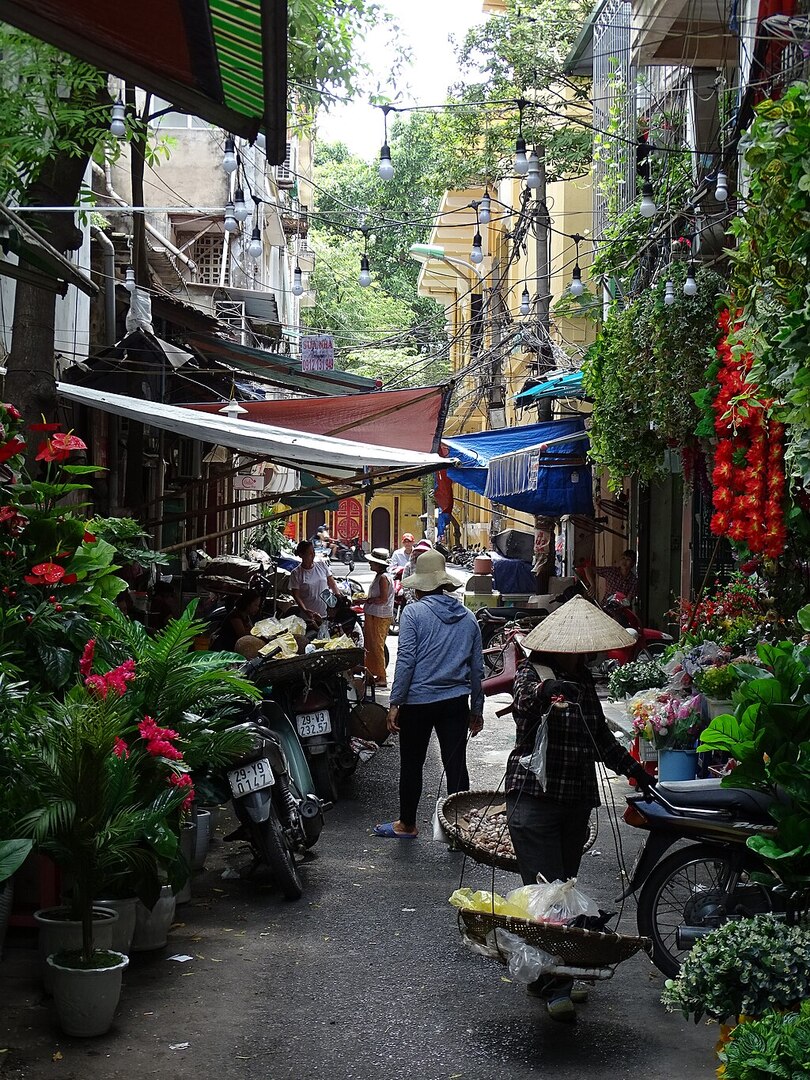
Make the most of your Hanoi experience with these essential planning tips:
Location: Hanoi, Capital City of Vietnam
Nearest Airport: Noi Bai International Airport (HAN) - 45 min to city center
Coordinates: 21°02'N 105°51'E
Hanoi is located in Northern Vietnam along the Red River, approximately 165 kilometers inland from the Gulf of Tonkin. The city serves as Vietnam's political, cultural, and educational center, with the historic Old Quarter at its heart. Hanoi's strategic position provides easy access to stunning natural attractions like Ha Long Bay (3 hours), Ninh Binh (2 hours), and Sapa (5 hours).
Allow three days minimum to explore the Old Quarter, major temples, and museums. Five days enables day trips to Ha Long Bay or Ninh Binh. One week allows deeper cultural immersion with cooking classes, multiple day trips, and a more relaxed pace to truly experience local life.
Most tourists need a visa to visit Vietnam, available on arrival or online e-visa in advance. Visa costs approximately $25 USD for most nationalities. Your passport must be valid for at least 6 months from entry date. Some countries have visa exemptions for short stays. Check current requirements before travel.
Absolutely! Hanoi offers wonderful family experiences including water puppet shows, peaceful lakes, temple visits, and cultural museums. The Old Quarter provides safe walking areas during daytime. Many restaurants cater to children, and Vietnamese people are very welcoming to families with young travelers.
October to April offers the best weather with comfortable temperatures (15-25°C) and minimal rainfall. Spring (March-April) and autumn (October-November) are ideal. Avoid July-September due to hot, humid weather and frequent rain. Winter months can be cool but perfect for walking tours and cultural activities.
English is increasingly spoken in tourist areas, hotels, and restaurants. Many young Vietnamese speak some English. Learning basic Vietnamese phrases is appreciated and enhances your experience. Download a translation app for easier communication. Most tour guides speak good English.
Remove shoes when entering temples and homes. Dress modestly at religious sites. Learn basic greetings in Vietnamese. Bargaining is common at markets but not in restaurants. Tipping is appreciated but not mandatory. Respect elders and religious customs. Avoid pointing with your index finger or showing the soles of your feet.
Essential items include comfortable walking shoes for cobblestone streets, light modest clothing, umbrella for sudden rain, mosquito repellent, and a portable phone charger. Bring a camera, Vietnamese dong and USD for shopping, and a small day pack. Consider wet wipes and hand sanitizer for street food adventures.